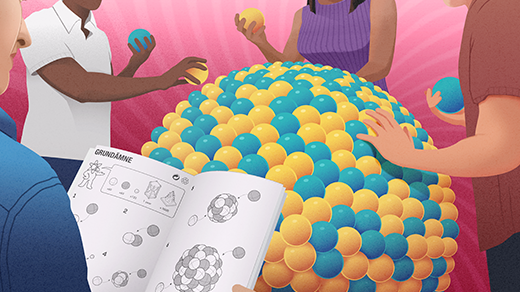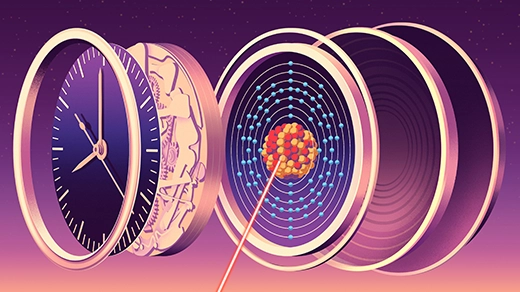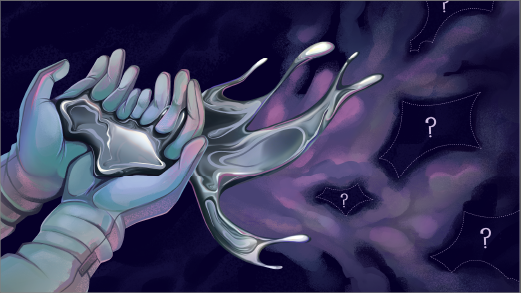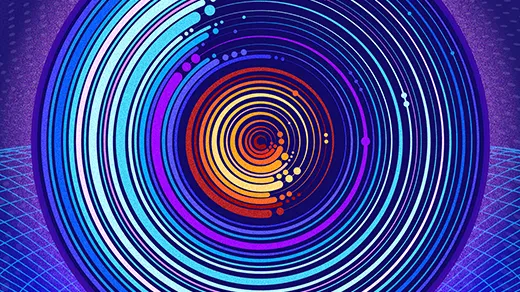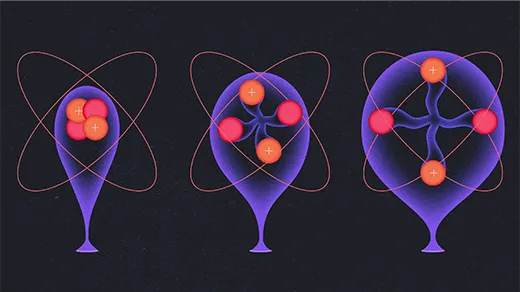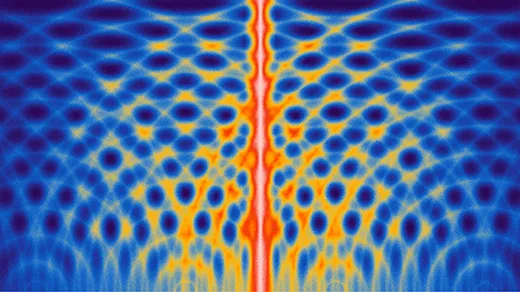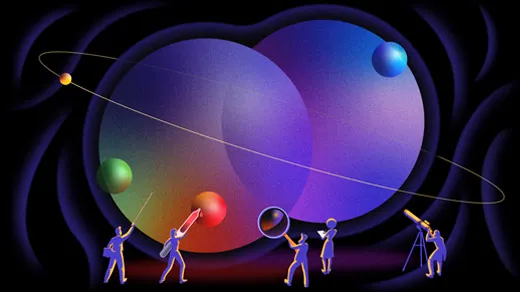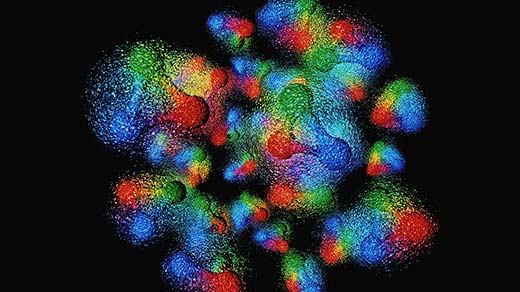What's up in
Nuclear physics
Latest Articles
Physicists Start To Pin Down How Stars Forge Heavy Atoms
The precursors of heavy elements might arise in the plasma underbellies of swollen stars or in smoldering stellar corpses. They definitely exist in East Lansing, Michigan.
The Physicist Decoding the Nonbinary Nature of the Subatomic World
Inside the proton, quarks and gluons shift and morph their properties in ways that physicists are still struggling to understand. Rithya Kunnawalkam Elayavalli brings to the problem a perspective unlike many of their peers.
The First Nuclear Clock Will Test if Fundamental Constants Change
An ultra-precise measurement of a transition in the hearts of thorium atoms gives physicists a tool to probe the forces that bind the universe.
What Could Explain the Gallium Anomaly?
Physicists have ruled out a mundane explanation for the strange findings of an old Soviet experiment, leaving open the possibility that the results point to a new fundamental particle.
Swirling Forces, Crushing Pressures Measured in the Proton
Long-anticipated experiments that use light to mimic gravity are revealing the distribution of energies, forces and pressures inside a subatomic particle for the first time.
A New Experiment Casts Doubt on the Leading Theory of the Nucleus
By measuring inflated helium nuclei, physicists have challenged our best understanding of the force that binds protons and neutrons.
How Our Reality May Be a Sum of All Possible Realities
Richard Feynman’s path integral is both a powerful prediction machine and a philosophy about how the world is. But physicists are still struggling to figure out how to use it, and what it means.
Inside the Proton, the ‘Most Complicated Thing You Could Possibly Imagine’
The positively charged particle at the heart of the atom is an object of unspeakable complexity, one that changes its appearance depending on how it is probed.
The Mysterious Forces Inside the Nucleus Grow a Little Less Strange
The strong force holds protons and neutrons together, but the theory behind it is largely inscrutable. Two new approaches show how it works.
